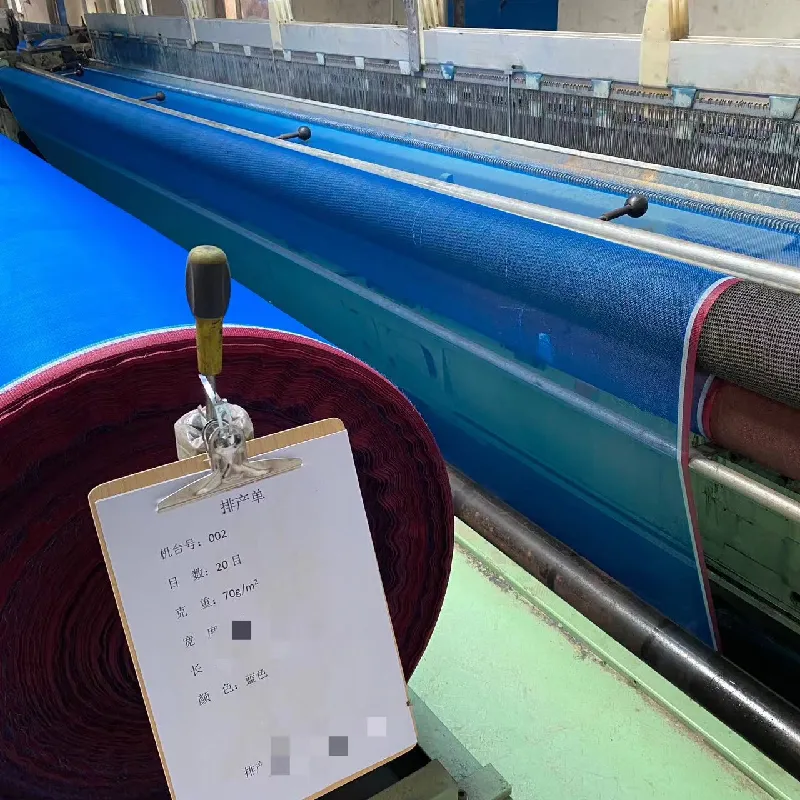-
 Afrikaans
Afrikaans -
 Albanian
Albanian -
 Amharic
Amharic -
 Arabic
Arabic -
 Armenian
Armenian -
 Azerbaijani
Azerbaijani -
 Basque
Basque -
 Belarusian
Belarusian -
 Bengali
Bengali -
 Bosnian
Bosnian -
 Bulgarian
Bulgarian -
 Catalan
Catalan -
 Cebuano
Cebuano -
 China
China -
 Corsican
Corsican -
 Croatian
Croatian -
 Czech
Czech -
 Danish
Danish -
 Dutch
Dutch -
 English
English -
 Esperanto
Esperanto -
 Estonian
Estonian -
 Finnish
Finnish -
 French
French -
 Frisian
Frisian -
 Galician
Galician -
 Georgian
Georgian -
 German
German -
 Greek
Greek -
 Gujarati
Gujarati -
 Haitian Creole
Haitian Creole -
 hausa
hausa -
 hawaiian
hawaiian -
 Hebrew
Hebrew -
 Hindi
Hindi -
 Miao
Miao -
 Hungarian
Hungarian -
 Icelandic
Icelandic -
 igbo
igbo -
 Indonesian
Indonesian -
 irish
irish -
 Italian
Italian -
 Japanese
Japanese -
 Javanese
Javanese -
 Kannada
Kannada -
 kazakh
kazakh -
 Khmer
Khmer -
 Rwandese
Rwandese -
 Korean
Korean -
 Kurdish
Kurdish -
 Kyrgyz
Kyrgyz -
 Lao
Lao -
 Latin
Latin -
 Latvian
Latvian -
 Lithuanian
Lithuanian -
 Luxembourgish
Luxembourgish -
 Macedonian
Macedonian -
 Malgashi
Malgashi -
 Malay
Malay -
 Malayalam
Malayalam -
 Maltese
Maltese -
 Maori
Maori -
 Marathi
Marathi -
 Mongolian
Mongolian -
 Myanmar
Myanmar -
 Nepali
Nepali -
 Norwegian
Norwegian -
 Norwegian
Norwegian -
 Occitan
Occitan -
 Pashto
Pashto -
 Persian
Persian -
 Polish
Polish -
 Portuguese
Portuguese -
 Punjabi
Punjabi -
 Romanian
Romanian -
 Russian
Russian -
 Samoan
Samoan -
 Scottish Gaelic
Scottish Gaelic -
 Serbian
Serbian -
 Sesotho
Sesotho -
 Shona
Shona -
 Sindhi
Sindhi -
 Sinhala
Sinhala -
 Slovak
Slovak -
 Slovenian
Slovenian -
 Somali
Somali -
 Spanish
Spanish -
 Sundanese
Sundanese -
 Swahili
Swahili -
 Swedish
Swedish -
 Tagalog
Tagalog -
 Tajik
Tajik -
 Tamil
Tamil -
 Tatar
Tatar -
 Telugu
Telugu -
 Thai
Thai -
 Turkish
Turkish -
 Turkmen
Turkmen -
 Ukrainian
Ukrainian -
 Urdu
Urdu -
 Uighur
Uighur -
 Uzbek
Uzbek -
 Vietnamese
Vietnamese -
 Welsh
Welsh -
 Bantu
Bantu -
 Yiddish
Yiddish -
 Yoruba
Yoruba -
 Zulu
Zulu
industrial safety net
Industrial Safety Nets A Crucial Aspect of Workplace Safety
In today’s fast-paced industrial world, safety remains a paramount concern. With thousands of workers employed in various sectors such as construction, manufacturing, and warehousing, ensuring their safety is vital not just for compliance with regulations, but also for maintaining productivity and morale. One of the essential tools in enhancing safety at work is the use of industrial safety nets.
Industrial safety nets are designed to protect workers who are engaged in activities at heights or in hazardous environments. These nets serve multiple purposes, making them a critical component of safety protocols. They act as a safety barrier, catching equipment or materials that might fall, thus preventing serious injuries or fatalities. Additionally, safety nets can help in safe access to elevated work areas, ensuring that employees can perform their tasks without the imminent risk of falling.
The construction industry is one of the primary sectors where safety nets are extensively used. Workers on scaffolds, rooftops, or high-rise buildings are particularly vulnerable to falls, a leading cause of injuries and death in this field. The implement of safety nets significantly reduces such risks. By providing a fall arrest system, these nets can be the last line of defense for workers. They are designed to absorb and disperse the energy caused by a fall, effectively minimizing the impact on the person who might otherwise face serious injury.
In addition to construction, industrial safety nets are also utilized in warehouses and manufacturing plants
. In these settings, the risk is not solely from falling but also from the potential for items to drop from above. Safety nets create a protective barrier that safeguards personnel working below, ensuring that operations can proceed without interruption from accidents caused by falling objects.industrial safety net

Moreover, the implementation of industrial safety nets contributes to compliance with occupational safety regulations. Regulatory bodies such as the Occupational Safety and Health Administration (OSHA) in the United States impose strict guidelines regarding safety measures in industrial settings. Adhering to these regulations not only protects workers but also shields employers from potential liability. Properly installed safety nets can demonstrate an employer’s commitment to worker safety, which can enhance their reputation and foster a positive workplace culture.
It is also worth noting that industrial safety nets are not a ‘one-size-fits-all’ solution. Different environments and activities require specific types of nets tailored to the risks involved. For instance, the material, mesh size, and construction method can vary depending on the anticipated load and potential hazards. Workers must be trained on how to properly use and inspect these nets to ensure they are in good condition and effective in preventing accidents.
The efficacy of safety nets extends beyond immediate physical protection. By creating a safer working environment, employers can improve morale and productivity among their staff. Employees who feel safe are likely to be more focused, which can lead to higher output and lower turnover rates. Additionally, fewer accidents mean reduced operational disruptions and lower healthcare and insurance costs, benefitting the overall financial health of a business.
In conclusion, industrial safety nets are an indispensable aspect of workplace safety that should never be overlooked. They play a vital role in protecting workers from falls and falling objects, thereby ensuring compliance with safety regulations and enhancing worker morale. As industries continue to evolve, the importance of safety measures like these will only grow, reminding us that safeguarding our workforce is not just a legal obligation, but a moral imperative. By prioritizing safety nets and training, we can work towards a more secure industrial landscape for everyone involved.
-
Stainless Steel Mesh SolutionsNewsMay.06,2025
-
Protecting Your Farm with Smart SolutionsNewsMay.06,2025
-
Practical Mesh Solutions for Your Home and GardenNewsMay.06,2025
-
Nylon Mesh SolutionsNewsMay.06,2025
-
Fish Breeding Nets for AquariumsNewsMay.06,2025
-
Essential Mesh Solutions for ConstructionNewsMay.06,2025











